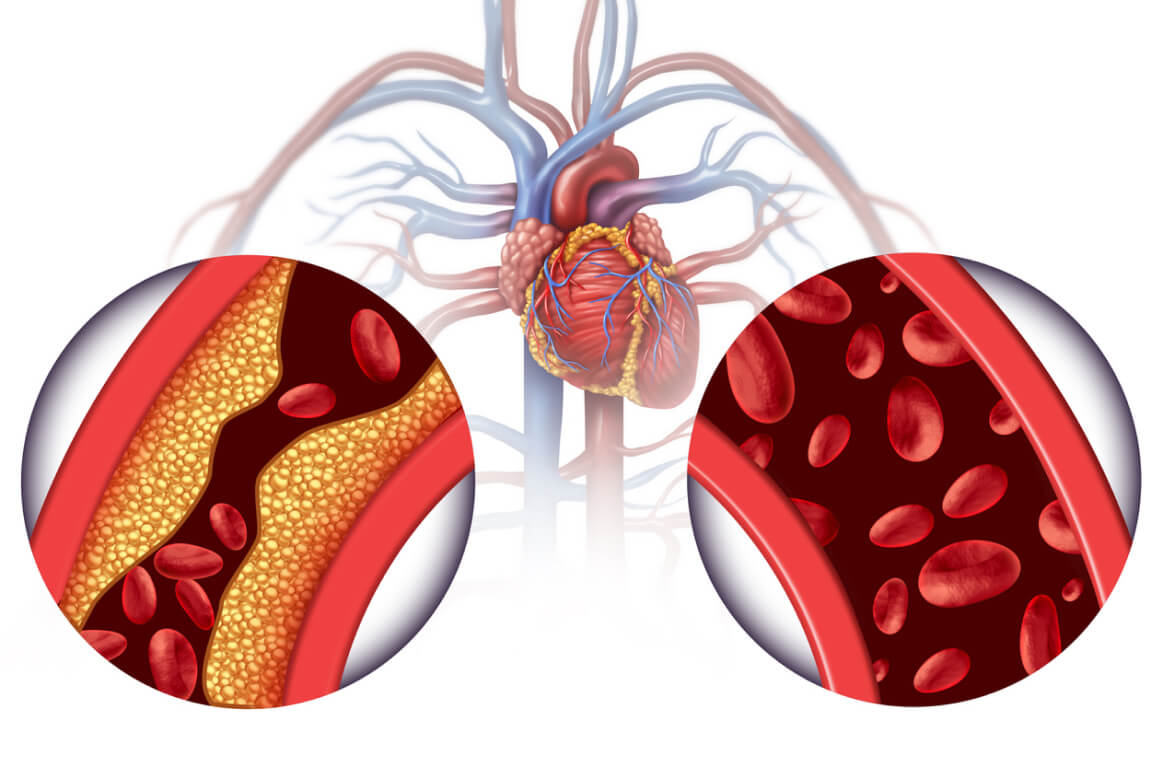Broken and fractured bones suffered from a fall, auto accident, or some other traumatic event can cause life altering injuries. This is true for both the young and old.
For the elderly, a fall or impact trauma of any kind may be particularly dangerous given the physical vulnerability of an older person to fractures due to osteoporosis. Osteoporosis is a bone condition caused when the body loses bone or fails to make enough bone. Studies suggest that 50% of women and 25% of men over the age of 50 will suffer a broken or fractured bone as a result of osteoporosis.
There are also significant segments of the population who receive medication for atrial fibrillation in the form of blood thinners. Atrial fibrillation (AF or AFib), is implicated as a cause of an estimated 15% of all strokes in the Unites States. A blood thinner is administered to people suffering from AFib in order to prevent blood clots which form from the irregular heart rhythm which allows the blood to pool and may result in clots forming and a stroke.
Drugs such as Coumadin (warfarin), and newer drugs such as Eliquis (apixaban), Pradaxa (dabigatran), Savaysa (edoxaban) and Xarelto (rivaroxaban) while reducing the risk of stroke from atrial fibrillation, increase the possibility of a major bleed in the event of any acute trauma.
In the case of Coumadin, reversal of the anticoagulant may be possible. Reversal of the anti-coagulant Pradaxa may also be possible. Other anti-coagulants are more problematic in this regard and all anti-coagulants, though they may reduce the risk of a stroke caused by atrial fibrillation, present significant risk for major bleeds from acute trauma. In certain cases, the traumatic effect of injury may occur before reversal of the blood thinner can be medically accomplished.
Any person taking this class of drugs may have a significantly increased risk of serious injury from a bleed in the event of trauma from an accident.
Can a defendant who is properly sued for the negligence as a result of an accident which results in a traumatically induced bleed, (or broken bone in the case of osteoporosis) successfully contend as part of a defense to the lawsuit that the plaintiff was at fault for his or her own injury (in whole or in part) because of their own pre-existing susceptibility to an injury caused by the taking of a blood thinner or having a case of osteoporosis?
One can indeed imagine a defendant seeking to foist the blame on the victim of an accident by arguing that had the plaintiff not been taking Coumadin or any of the other blood thinners, that he or she would have had a trivial injury. The defense argument may sound like: Why should I be asked to pay for injuries that would never have occurred except for the voluntary act of the plaintiff in taking this dangerous medication? Didn’t he or she assume this risk as the potential side effects? Or in the case of an AFib medication that has no known known reversal antidote; why should the plaintiff not be penalized for taking a drug which may be more dangerous in the event of traumatic injury?
There is a well-established principal in tort law — you take the plaintiff as you find them – frailty or susceptibility to injury is not a viable affirmative defense to a lawsuit. This is also known at common law as the egg shell skull rule. A defendant cannot contend that the plaintiff had a weak skull structure akin to an eggs shell and that was the reason that they suffered injury. The law imposes upon a person whose negligence causes injury to a person or property the legal liability for all injuries flowing from such acts of commission or omission and such individual cannot assert the weakness, infirmity, or pre-existing medical predisposition to injury as a defense.
The plaintiff thus may recover all damages proximately caused by the defendant’s negligence despite the pre-existing medical susceptibility to injury from an acute traumatic event.
We welcome your legal questions for topically relevant articles in the future. Feel free to compose a question – it may be addressed in future articles. Email Question
Free Case Evaluation
Fill Out The Form Below To Find Out If You Have A Case.
Thank you for contacting us. One of our colleagues will get back to you shortly.



